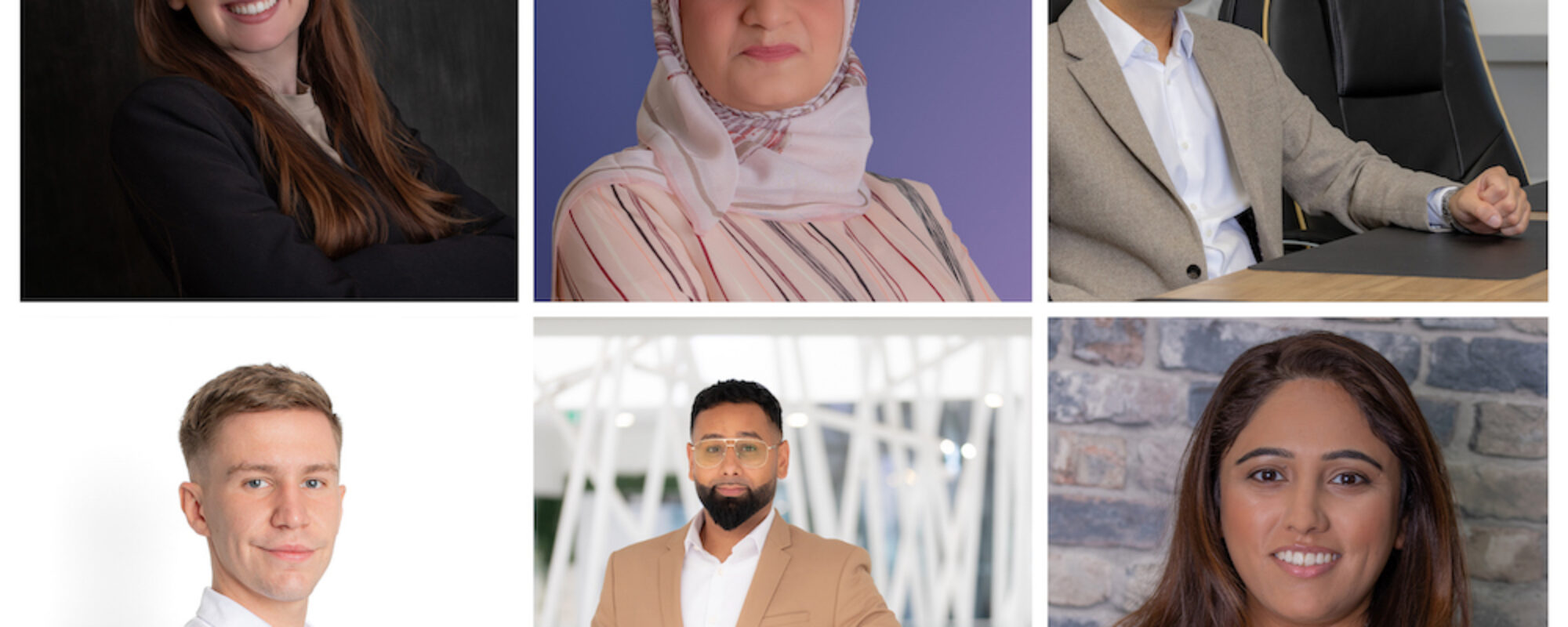‘Should I smile in my headshot?’ is a question you hear a lot as a professional photographer in headshot shoots. The truth is your expression in your headshot shapes how others perceive you, and in the digital-first modern business landscape, where your headshot is possibly the first impression clients, employers, or partners will have of you, this is not a meaningless consideration.
Why Smiling Works (most of the time)
Research shows that first impressions happen fast. Humans are able to make lasting judgements about someone’s personality, competence, and trustworthiness based purely on facial expressions in as little as 1/10th of a second.
Facial expressions are a powerful form of nonverbal communication. That means that the expression that you have in your headshot is sending out cues to viewers about the kind of person you are.
A misconception is that for corporate images, it is normally better to look serious or reserved in order to indicate professionalism. However, neutral and serious expressions are often interpreted as distant or aloof. Smiling, on the other hand, is consistently linked to higher levels of perceived warmth and trust. Traits that are vital for business success. Some research has shown evidence that profile pictures that include smiles led to increased engagement on LinkedIn.
It’s not just about looking nice or friendly. Smiling also indicates confidence and, in turn, competence.
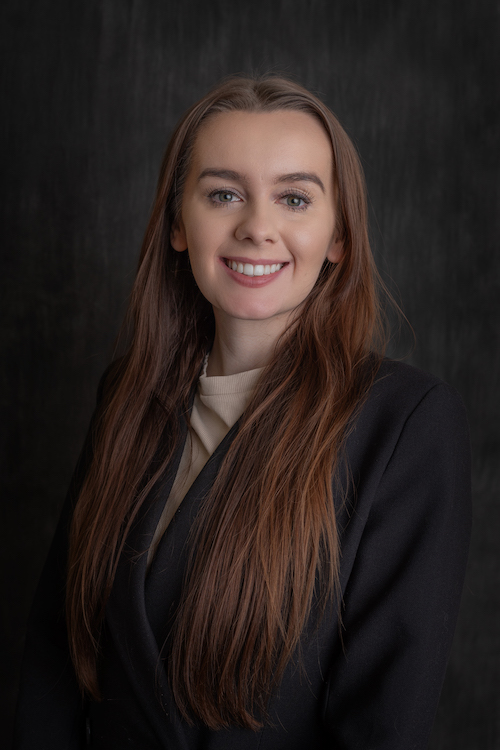
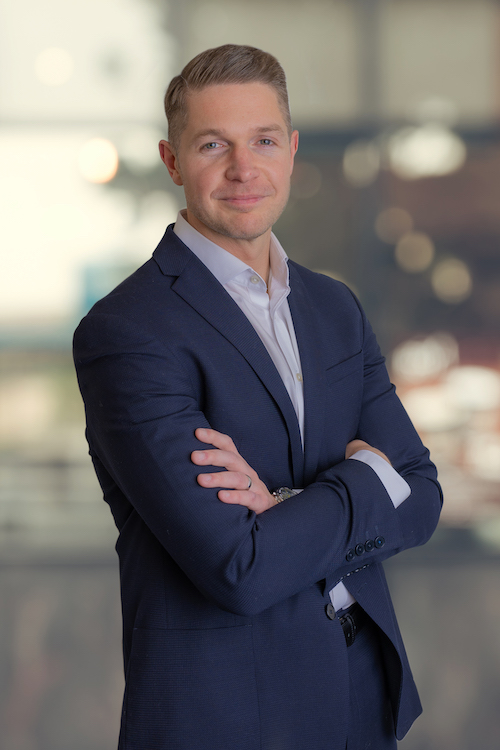
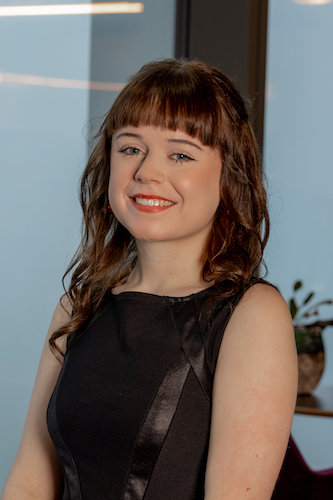
The Smiling Spectrum
To smile or not to smile. The decision is not as binary as it seems; you need not choose between a full grin or stoic emotionlessness. There are various levels of smiles, and the choice between them can actually relate back to the nature of your business, personality, and what you need to communicate. Here are some examples of different expressions and how they might be used:
- Neutral or Serious Expression
Great For: Doctors, Finance, Law, and Senior Leadership.
Indicates: Authority, Confidence, Seriousness
You might want to go for a more neutral expression when approachability is less important than coming across as knowledgeable or authoritative. This kind of expression can be used to convey your serious intent and focus. However, in industries and companies that are more relaxed, this comes across as cold.
- Broad Smile
Great For: Creatives, customer-facing roles, health, sales
Indicates: Warm, energetic, friendly
A full or a broad smile is best used by professionals who need to communicate approachability and energy; however, research shows that a broad smile can be perceived as less competent. In industries with more risk, this would not work as well.
- Soft Smile
Great For: Nearly anyone, consulting, HR, tech
Indicates: calm, friendly, thoughtful
The soft smile can strike the right balance between warmth and confidence. It implies openness but also more consideration and professionalism.
- The Smirk
Great For: entrepreneurs, start-up executives, creatives
Indicates: self-assurance, confidence, insight
A smirk is often associated with confidence and individuality. It may make you stand out from the crowd. Overdoing it can come across as arrogance or even pretension. But done right, a subtle smirk can convey a message of out-of-the-box thinking and innovation.
There are many other versions of expressions that you can try out in your shoot, and the psychological cues these expressions can give out are fascinating. Most importantly, it is vital that when considering what expressions you might choose, you consider your industry and role context. As well as company culture or personal brand.
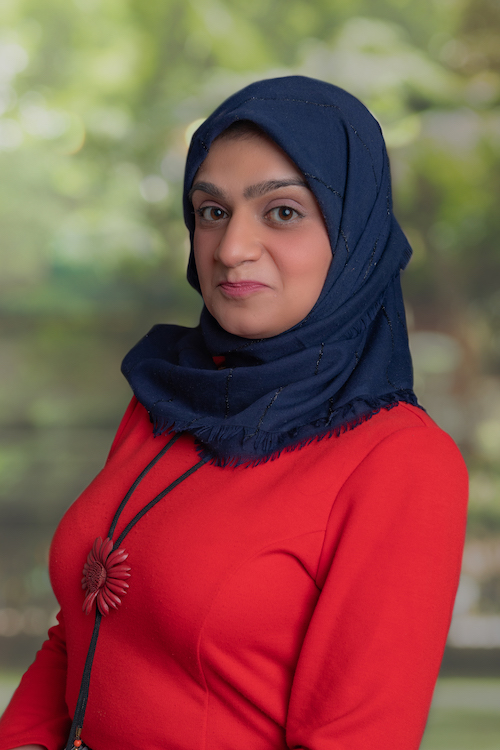
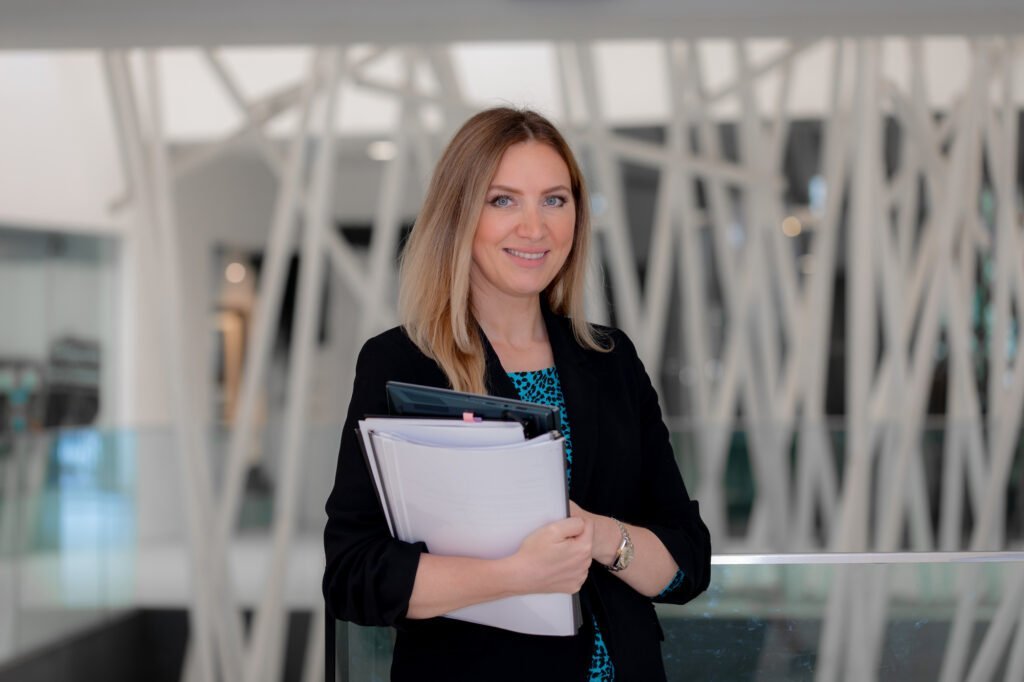
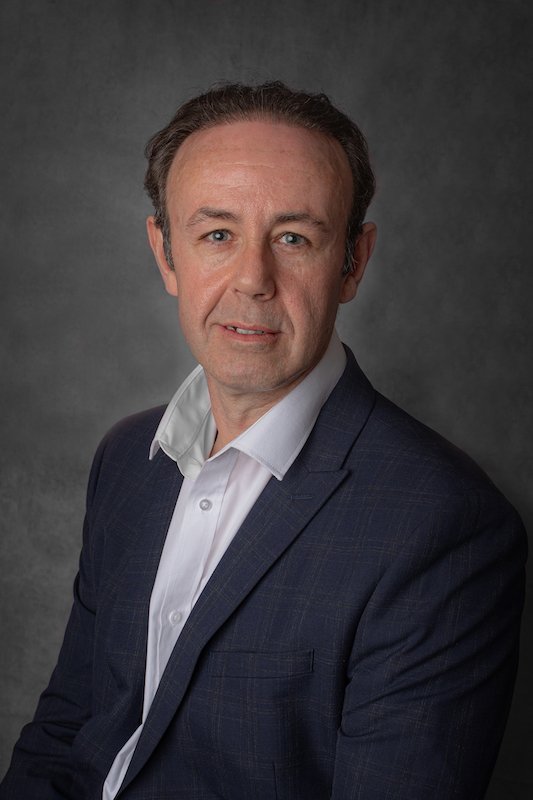
The Danger of a Fake Smile
The positives of smiling in headshots so far have been based on the genuine smile. This is also sometimes know, as the Duchenne smile. A genuine smile reaches the eyes, softens the face, and happens naturally. People can’t always spot the difference between a fake or a genuine smile but they can often feel it. This is why it is important not to force your face to make particular expressions in your headshot if it doesn’t feel right. Awkwardness and disingenuousness can be perceived even through the screen.
Professional photographers are great at helping you relax and bringing out natural expressions that feel authentic. Some of the best headshots are captured during “in-between” moments. The best way to prepare your expressions for the shoot is not to overthink them. Come in with some ideas of how you would like your headshot to present you. Furthermore, the advantage of a professional headshot session is that you are not locked into 1 shot or one expression. We can shoot a range of expressions and you can walk away with a set of shots that can be used across various platforms and contexts.
Final Thoughts
Ultimately, the question isn’t “Should I smile?”; it’s “How do I want to be seen?” Whether you choose to go with a warm smile or a calm neutral expression or even a laugh, the headshot needs to align with your story and the context in which it belongs – your role, industry, and brand.
And above all else, the best expression is more often than not the one that feels the most natural. Forced expressions will always ring false to the viewer and create distance rather than connection.
In today’s digital world, your corporate headshot is more than just a photo; it’s a key part of your professional identity. Trusting a skilled photographer to guide you through the process is an investment that can pay dividends well beyond the shoot.

